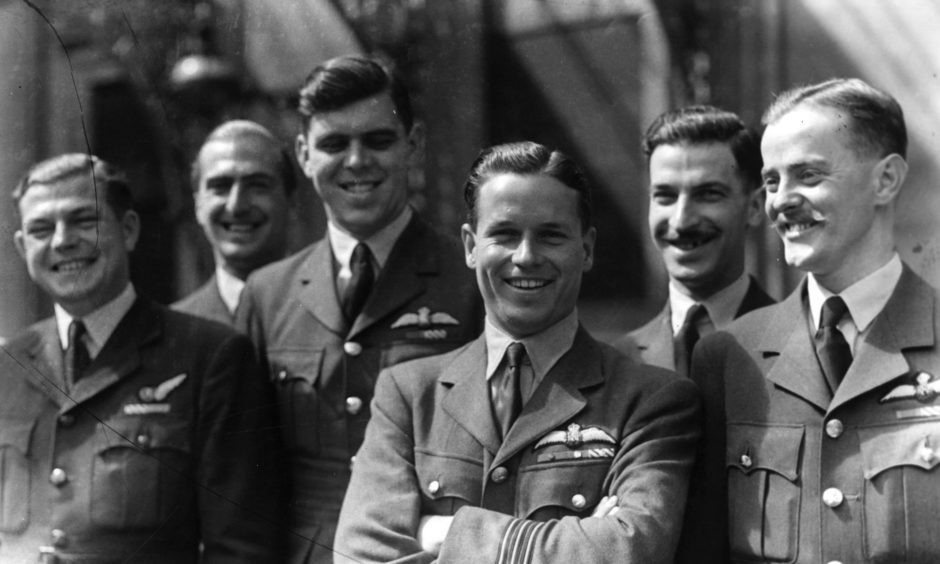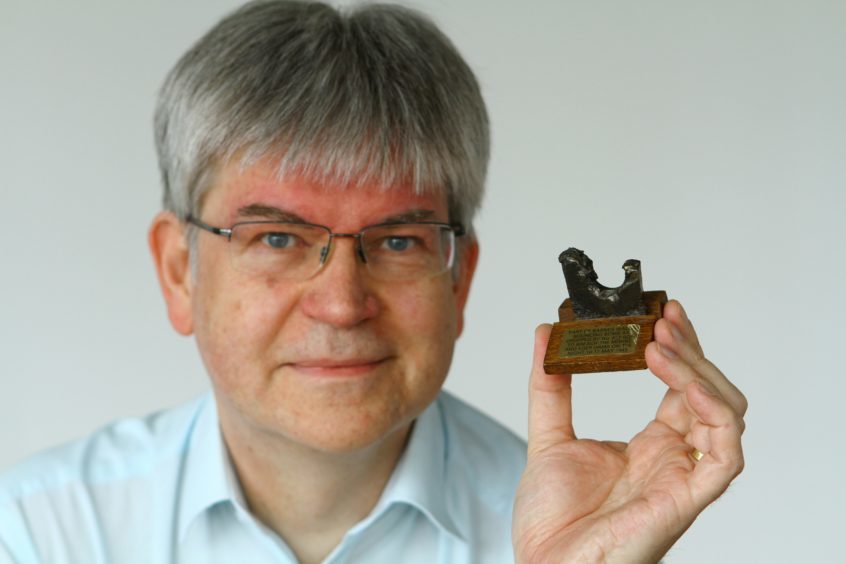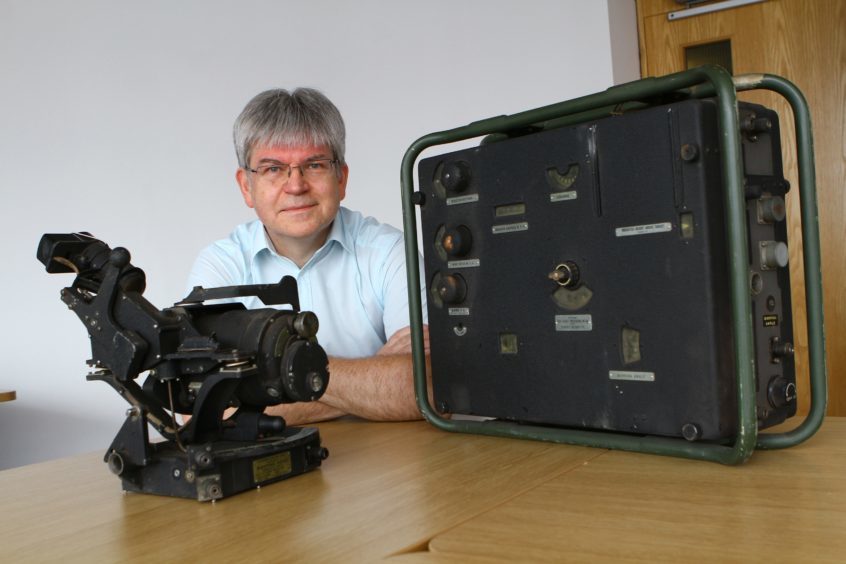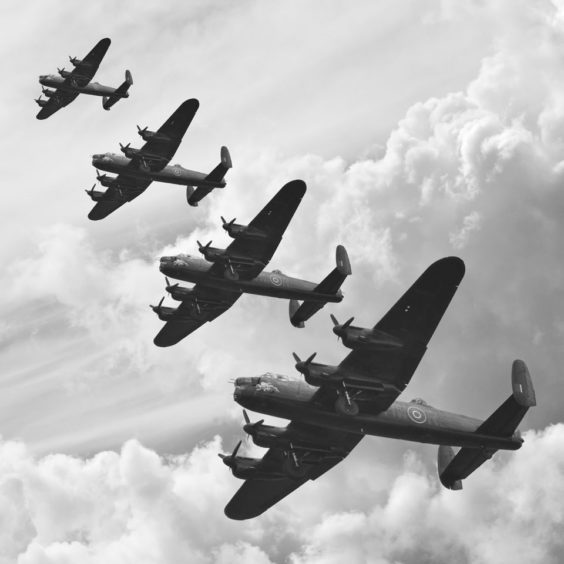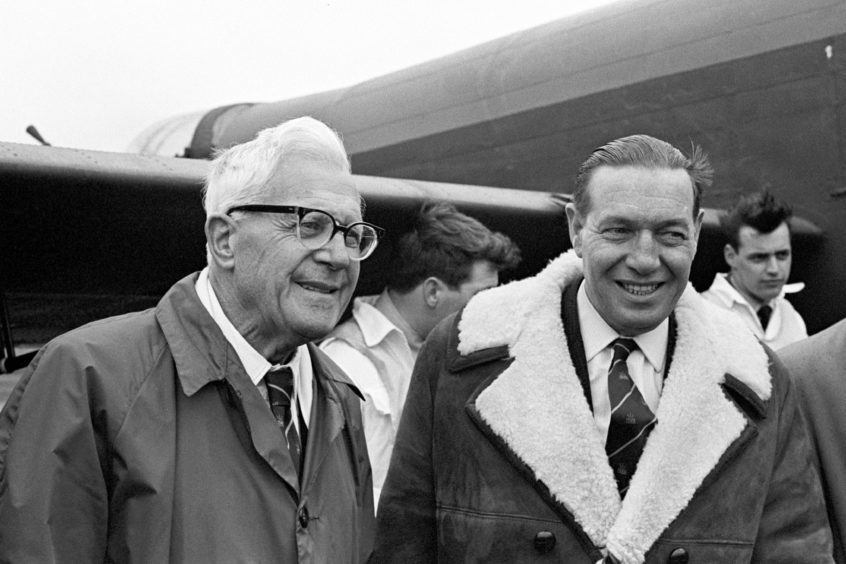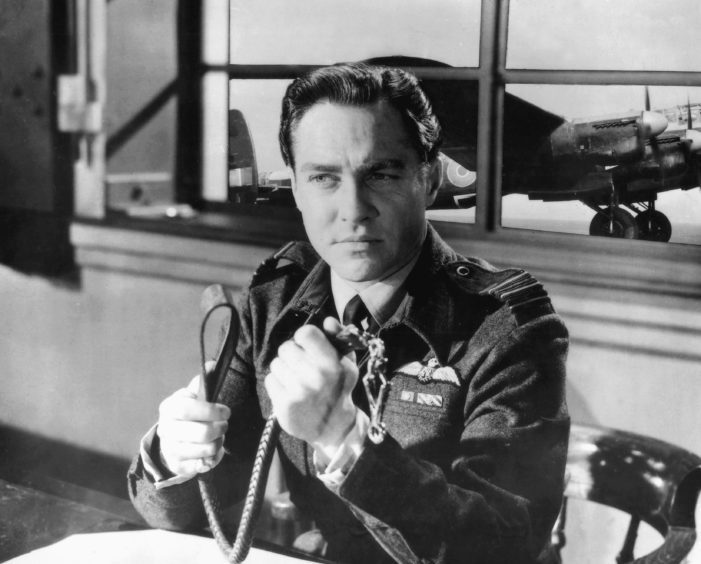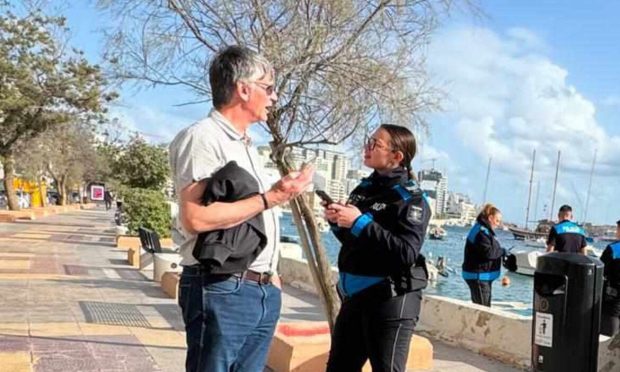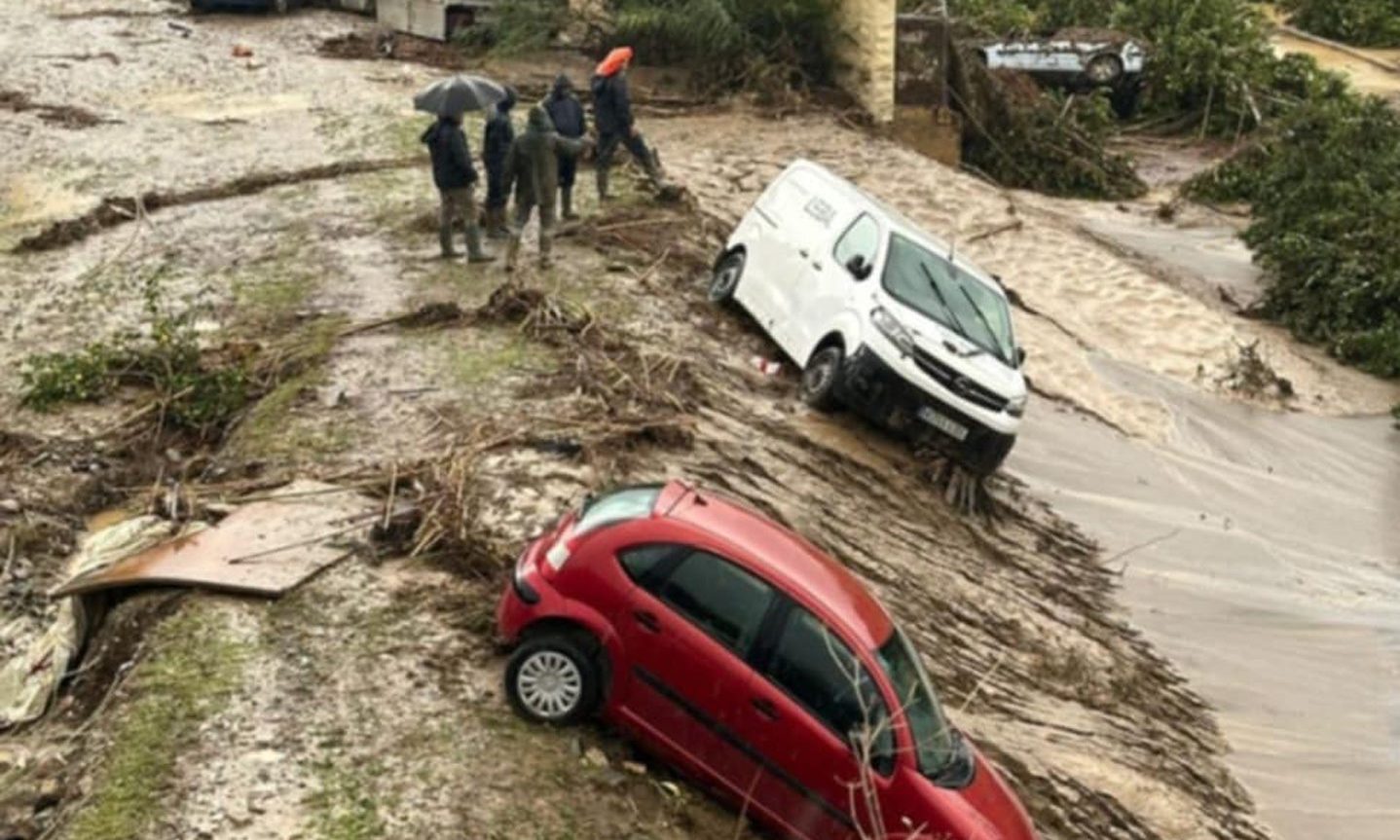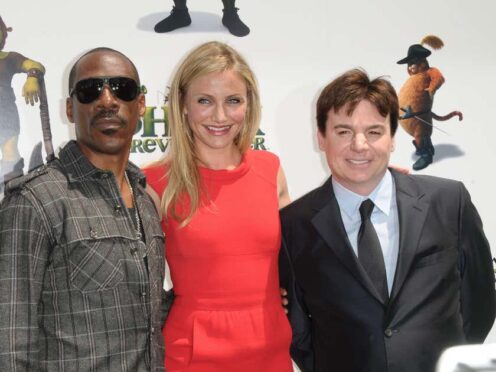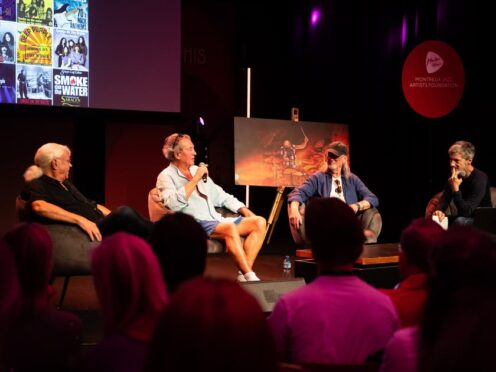Seventy-five years after the Dam Busters raid on Hitler’s Germany, Michael Alexander speaks to Dundee University expert Dr Iain Murray about the legacy of the famous RAF attack.
Seventy-five years ago, at 9.28 pm on May 16 1943, the first of 19 Lancaster heavy bombers from 617 Squadron lifted off the runway at RAF Scampton into a clear, still early summer night.
It wasn’t unusual for the British to target the Ruhr region of Germany – the industrial heartland of Hitler’s war machine.
However, this raid was different.
The aim of Operation Chastise, remembered today simply as the Dam Busters raid, was a precision strike on a series of mighty dams which would wreak havoc on the production of German tanks and other weaponry whilst disrupting the Ruhr’s vital water supplies.
The Second World War attack famously used a ‘bouncing bomb’ developed by English engineer Barnes Wallis.
The Mohne and Edersee Dams were breached causing catastrophic flooding of the Ruhr valley and of villages in the Eder Valley; the Sorpe Dam sustained only minor damage.
Two hydroelectric power stations, factories and mines were also destroyed while an estimated 1,600 civilians, 600 Germans and 1,000 mainly Soviet forced labourers died.
Despite rapid repairs by the Germans, production did not return to normal until the September.
The raid was immortalised in the 1955 epic war film The Dam Busters starring Michael Redgrave and Richard Todd – and there will be special screenings of the classic movie at cinemas across the country on the evening of Thursday May 17 immediately after the live screening of a commemorative evening ‘The Dam Busters with Dan Snow’ at the Royal Albert Hall.
But amid claims in the 1990s that the attack was more about propaganda than anything meaningful, how significant actually was it to the war effort?
According to Dam Busters enthusiast and author Dr Iain Murray, 53, who works as a computing lecturer in the School of Science and Engineering at Dundee University, the impact of the raid was “not insignificant”.
Not only was it notable as being the first precision bombing raid in history – it also aided the Allies later on in the war.
“There was a big hoo-ha in the 1990s that it was all a waste of time because they (the Germans) rebuilt the dams and the factories blah blah blah,” said Dr Murray.
“But what you have to remember is that around that time, the RAF were sending out hundreds of aircraft on bombing raids to Germany that quite often missed their targets altogether.
“The Dam Busters raid was at least a success.
“The result of the flooding and the loss of electrical power and loss of water was not insignificant.
“They washed away lots of bridges and factories that would have taken thousands of bombers to destroy accurately – although the RAF had a very high casualty rate because about a third of the planes didn’t come back.
“But the fact the Germans rebuilt the dams before the autumn shows how important a target it was.
“The Germans had to brings tens of thousands of people in to do that rebuilding.
“A lot of them came from the projects where they were building gun emplacements and stuff on the ‘Atlantic Wall’, so when we invaded Normandy (in June 1944) a lot of the gun emplacements and other hazards on that coast were not finished because they had taken the manpower off those projects and taken them back to Germany to rebuild the dams.”
Dr Murray, who became interested in the raids as a child and later wrote a book called Bouncing Bomb Man: The Science of Barnes Wallace, describes the inventor, who died in 1979, as one of the few people who can be specifically credited for his individual efforts in the “grand picture” of the war.
Wallace ultimately saw the creation of the bouncing bombs as the solution to an engineering problem – how to get a bomb motionless right against the surface of the dam.
“He did a lot of research into effective explosives,” said Dr Murray.
“What he originally wanted to do was drop a 10 tonne bomb close to the dam – until the Air Ministry said we have no aeroplane that will carry a 10 tonne bomb!
“It was a researcher who originally discovered was that if you actually placed the charge right on the dam wall rather than in the water, you needed a much smaller charge and therefore a smaller bomb which could be delivered by existing planes. The concept came from that. The bouncing bomb was the solution.”
But Dr Murray also became intrigued by Wallace’s other achievements.
“From reading Wallace’s biography you discover he’s famous for two things: the bouncing bomb and being the designer of the Wellington bomber,” he added.
“But he actually started out in ship design, accidentally got into airship design, then he got into aeroplane design and after the war he seemed to disappear but he was actually working on top secret supersonic aeroplane projects that were so secret nobody even knew they were happening.
“He really did a vast range of things. There’s a radio telescope in Australia he designed, he designed submarines. He was a very broad engineer and has left an amazing legacy.”
